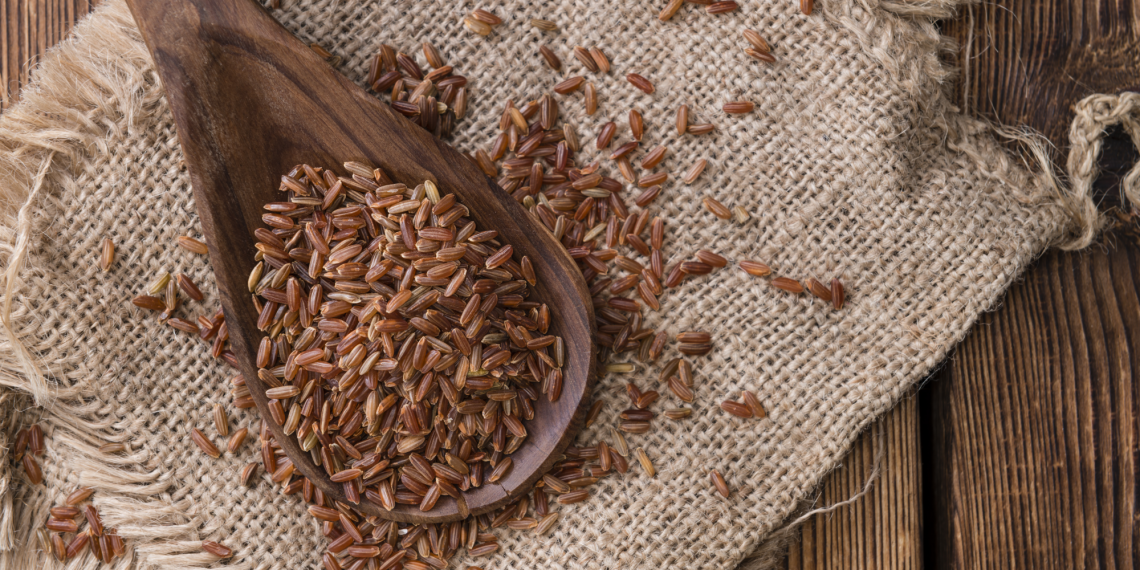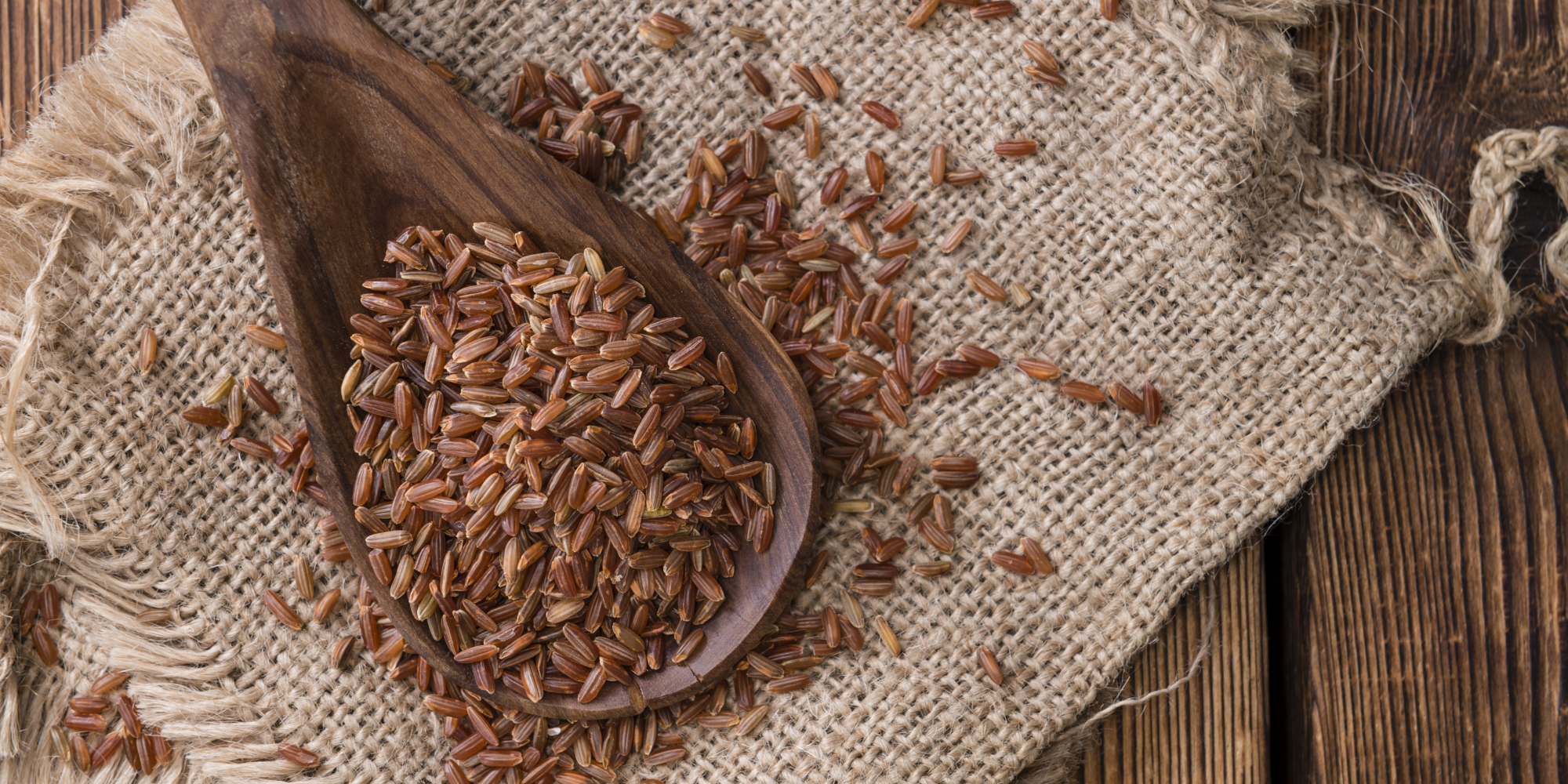
Brown rice,facts
Brown rice cooked
- Rice (Oryza sativa) is one of the oldest cereals, believed to have been grown more than 6000 years ago.
- Brown rice is whole grain rice, from which only the husk (the outermost layer) is removed. In order to produce white rice, the subsequent layers underneath the husk (the bran layer and the germ) are removed, leaving mainly the starchy endosperm. As a result, white rice lacks some antioxidants, group B vitamins, minerals, fats, fiber and a small amount of protein.
- Brown rice, red rice, gold rice, black rice and purple rice are all whole rice, but with a differently-pigmented outer layer.
- Brown rice is relatively low in calories and high in fiber.
- Brown rice is gluten-free.
- Brown rice is generally considered a food with a low glycemic index (GI) and a beneficial effect on blood sugar control.
- Brown rice provides the body with a wide range of vitamins, minerals and antioxidants.
- Brown rice is an excellent source of manganese, selenium, phosphorus, copper, magnesium and niacin.
- Brown rice takes longer to cook than white rice.
- Raw brown rice can be stored for up to six months in an airtight container and at room temperature. In order to extend the shelf life, it must be refrigerated.


 Bulgarian
Bulgarian 